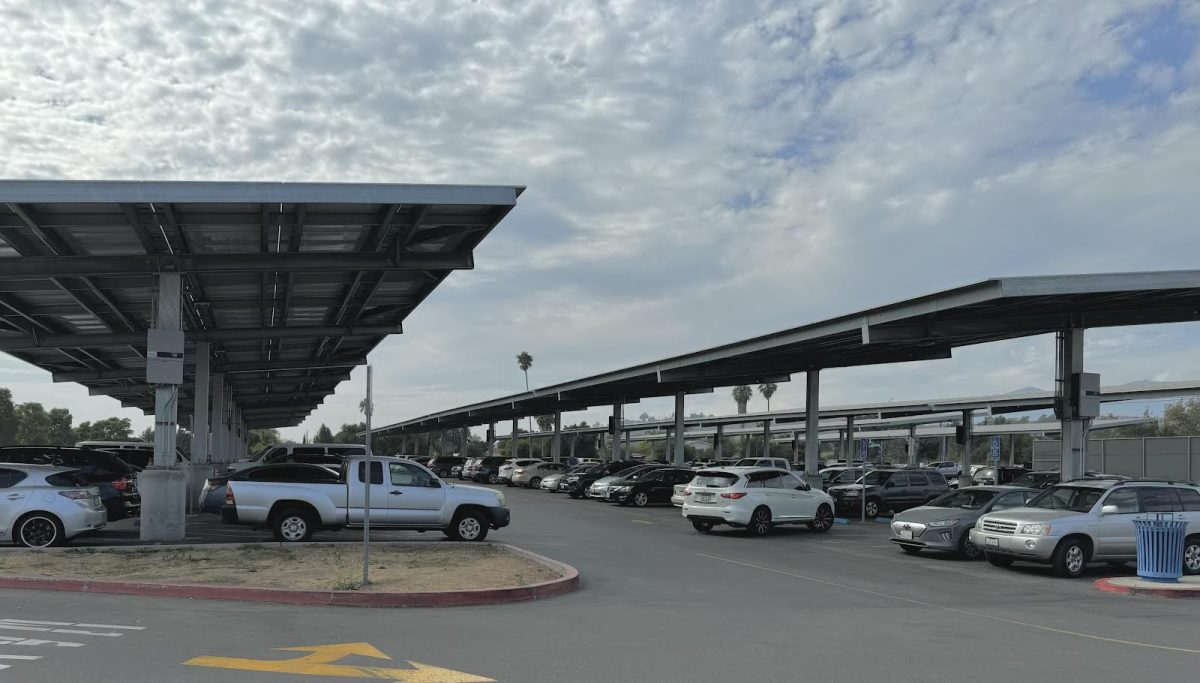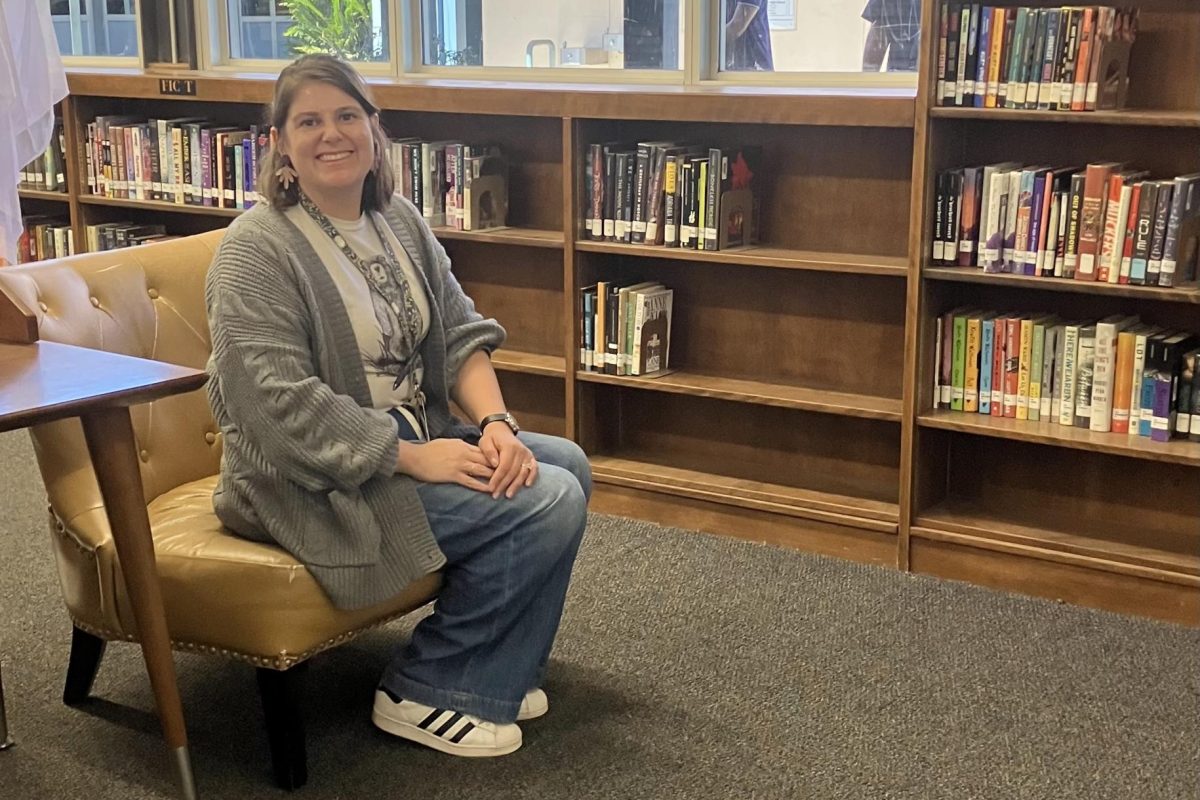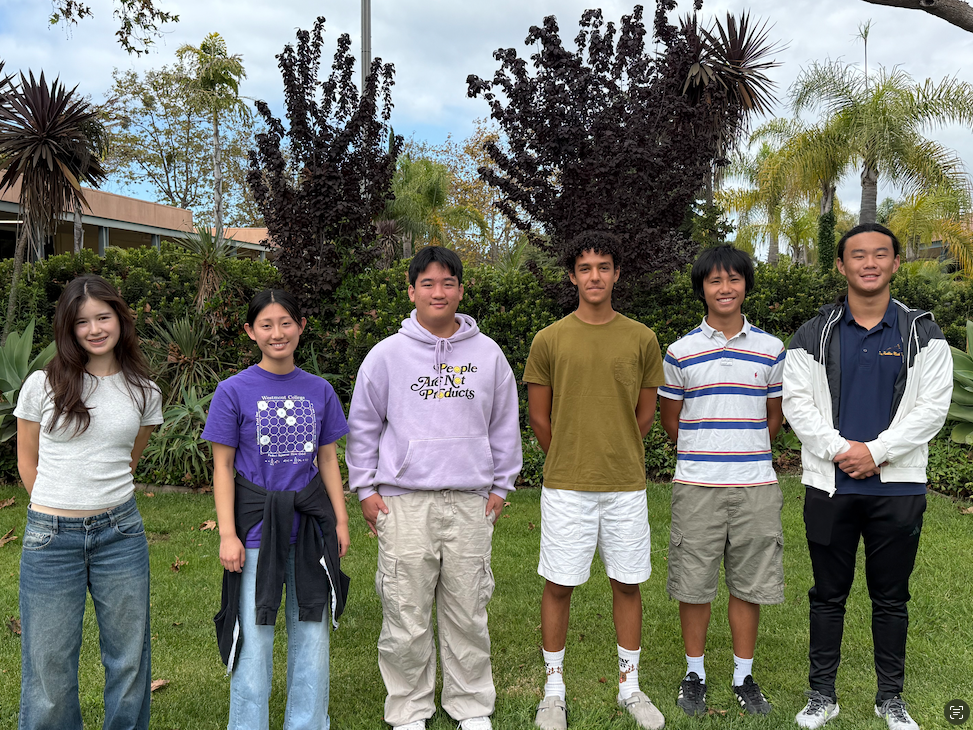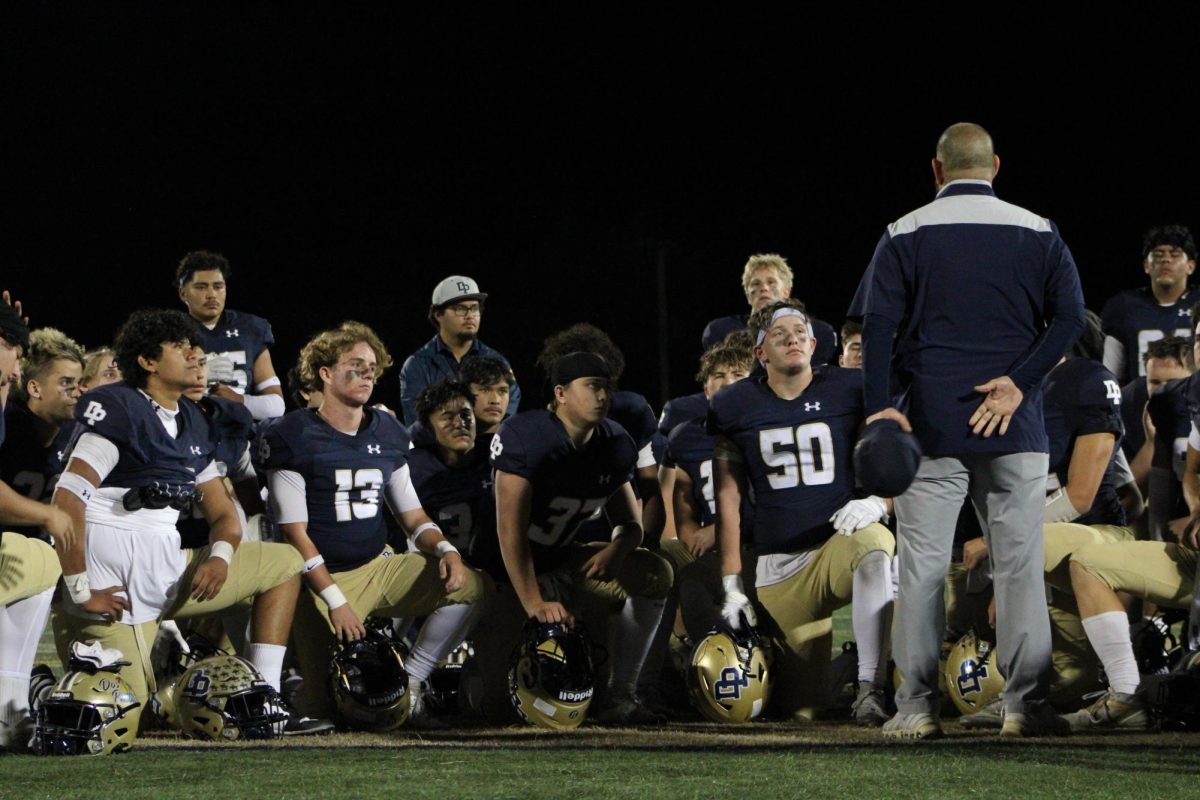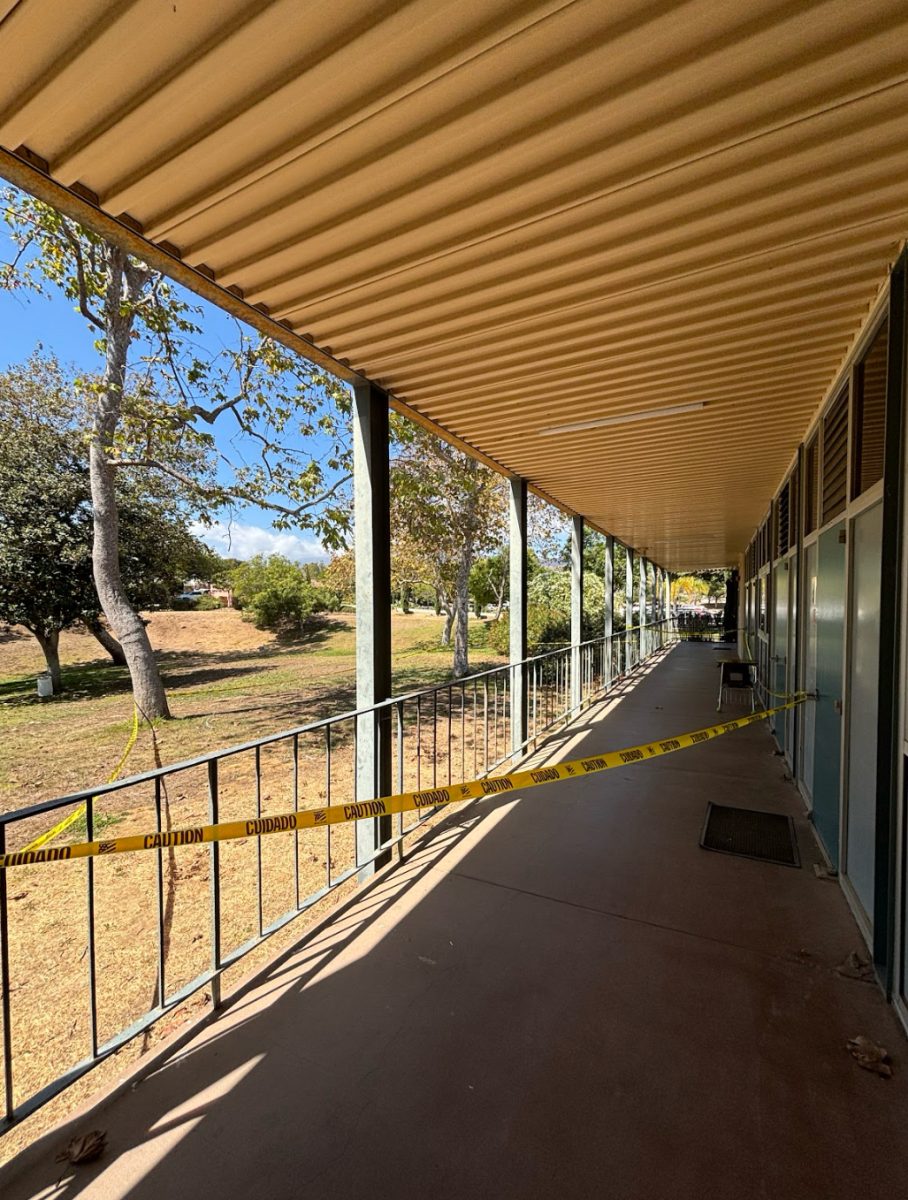Construction of solar panels began at 14 locations across the Santa Barbara Unified School District in 2021 and were anticipated to be completed by October of 2023. Currently, Dos Pueblos High School and San Marcos High School are the last two locations with non-functioning solar panels.
Ed Zuchelli, Chief of Communications for SBUnified, said one of the biggest delays this year can be attributed to “additional electrical work done” at both SMHS and DPHS this summer.
“It would have been significantly more expensive to get the panels connected before the summer upgrade,” Zuchelli said. “Those upgrades are done now, and so they’re doing the final process to get everything tied in and ready to go online.”
Currently, the solar panels are in the last stages of completion, awaiting commissioning from the electrical companies.
“There’s a process you have to go through with SoCal Edison and our contractors to help get those hooked in and online,” Zuchelli said. “We are waiting for them to finalize all the work on their end.”
According to Zuchelli, the goal is to fully complete the project by the end of 2024. Once the panels are online, they’re expected to provide 70 percent of the district’s electrical power.
Despite the panels’ dormant electrical state, some students say the panels provide other benefits.
“It has multiple functions, like for energy of course, and it makes the parking lot look better,” Sebastian Birchenhall (12) said. “It does give shade, which is a lot nicer for the cars.”
Additionally, DPHS will be provided a micro grid when the panels go online. These micro grids are at six locations: SMHS, DPHS, La Cumbre Junior High, Santa Barbara High School, and at the Santa Barbara District office.
“It’s different than traditional solar and battery storage systems,” Zucheli said. “A typical solar battery system will pull power from the battery until depleted, a microgrid has the controller. In the event of a power outage, it will power the entire site until a battery level threshold is reached.”
Once it reaches that threshold, the micro grid will only power critical equipment such as food, refrigeration, internet, and other items used for students’ health and learning. The biggest change that the solar panels will provide is less dependency on the main power grid, which means that in the event of a power outage, the facilities will be able to continue to run.


